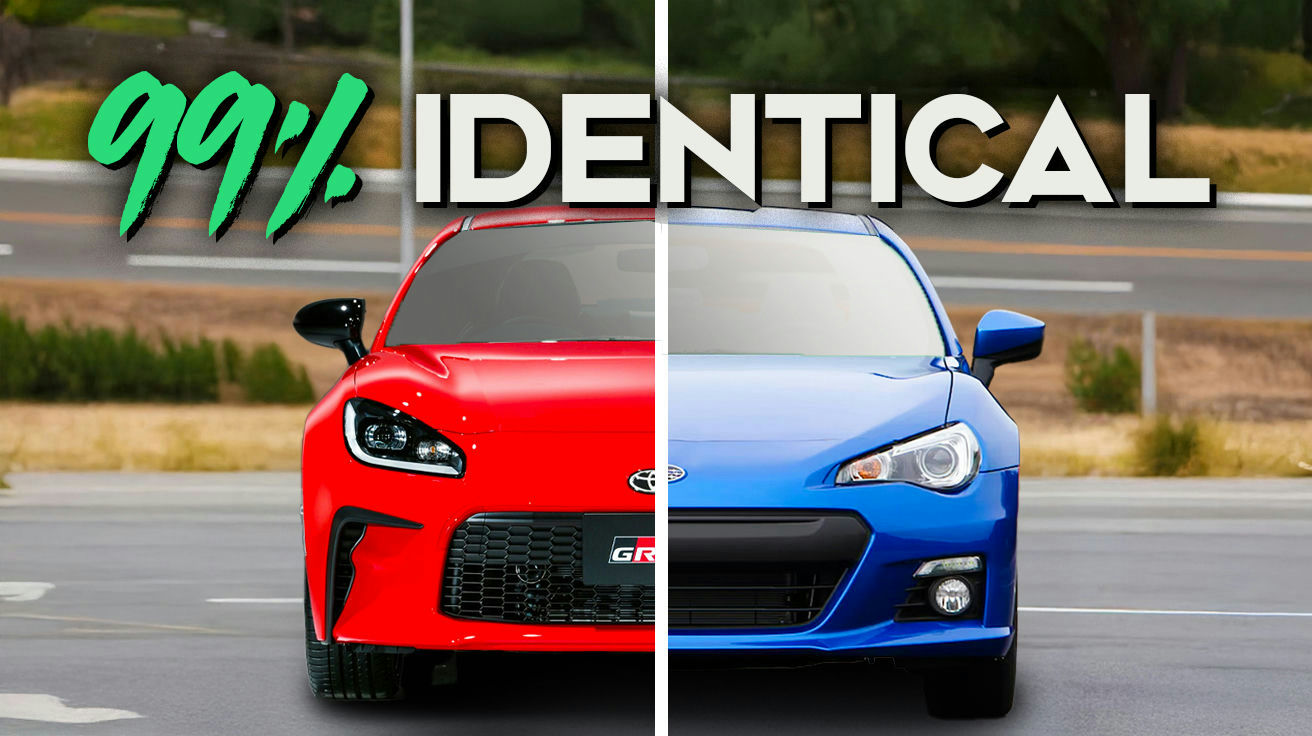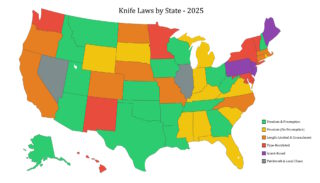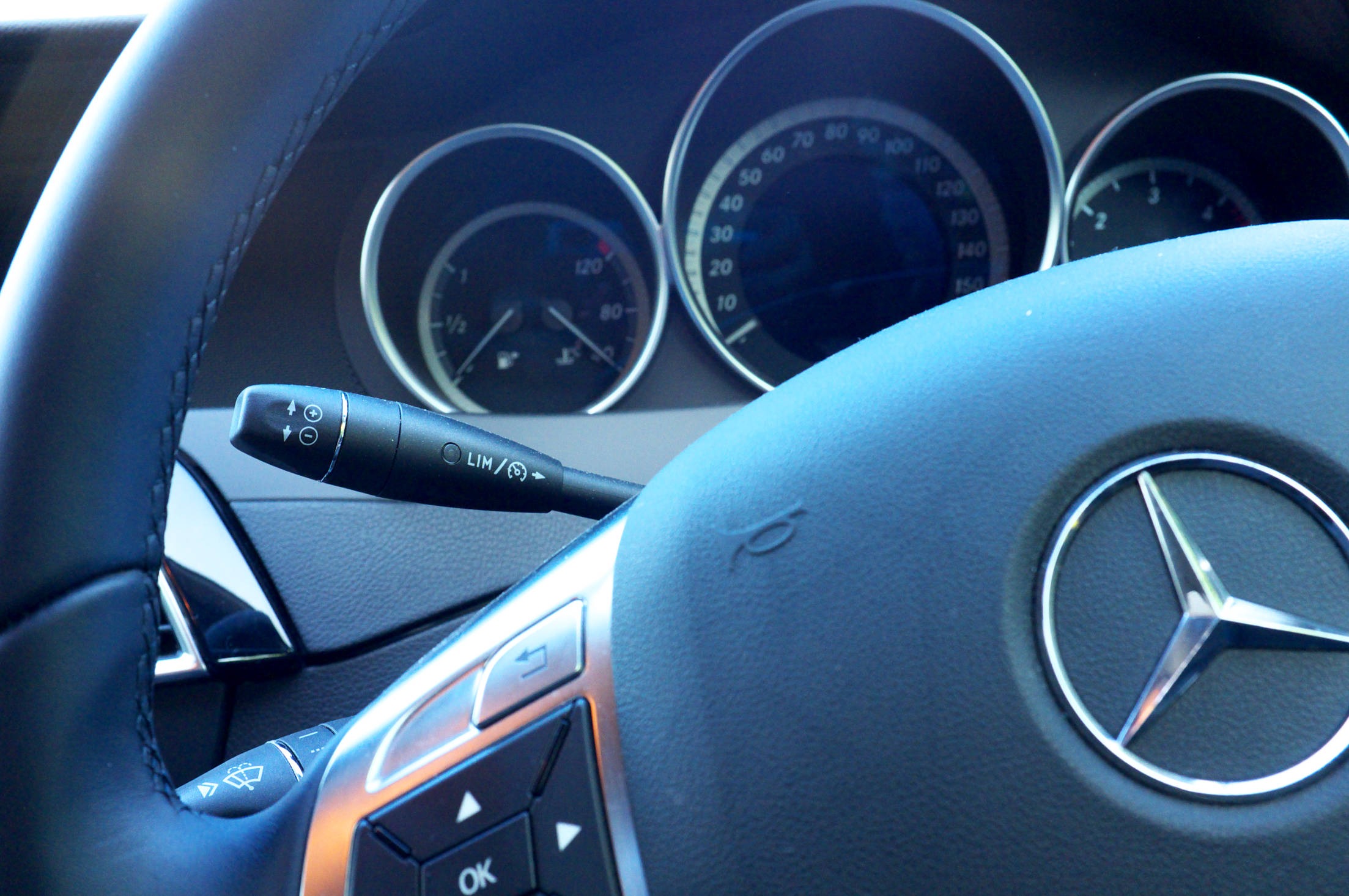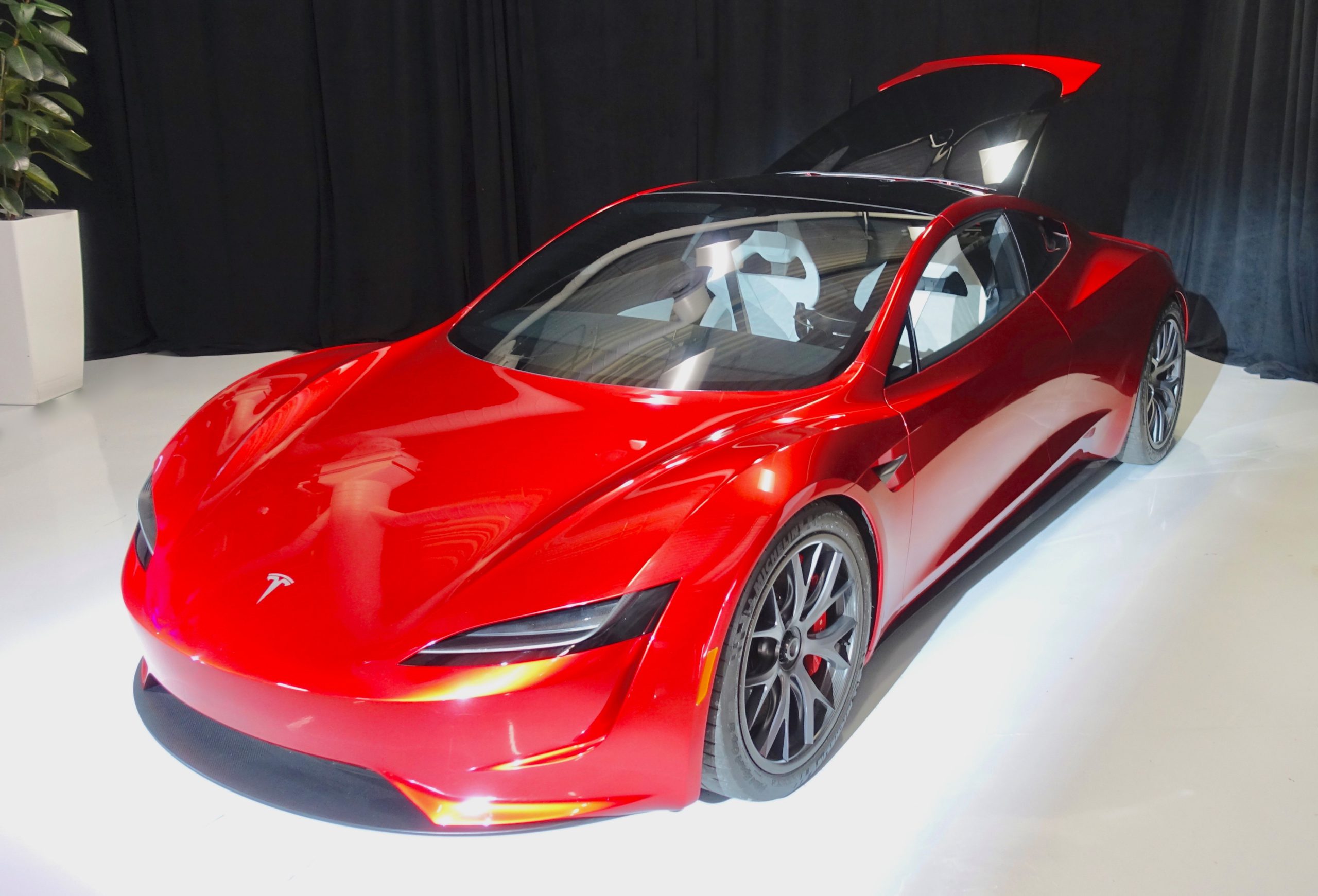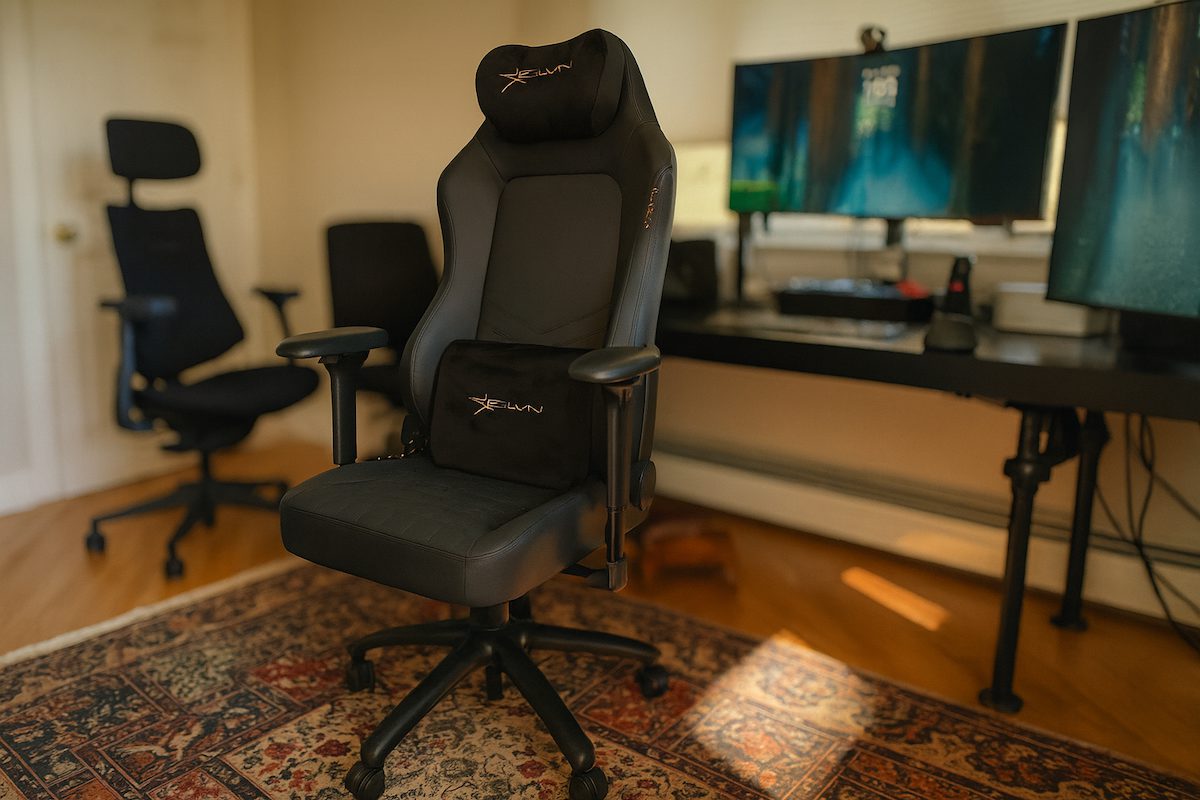Ever walked into a car showroom feeling like you’re starring in “The Truman Show” – where everything seems real but something’s suspiciously familiar? Welcome to badge engineering – the automotive world’s greatest magic trick. It’s how manufacturers sell basically the same vehicle under different brand names while changing just enough to make you think you’re buying something unique. Like identical twins wearing different outfits to fool their dates.
This corporate sleight-of-hand isn’t just clever marketing – it’s brilliant economics. Automakers slash development costs faster than a hedge fund manager cuts jobs, while targeting different wallet sizes with essentially the same mechanical bits.
For you, the savvy shopper who can spot these automotive doppelgängers, it means potentially getting that luxury car experience while paying Honda prices. The badge game is afoot.
13. The Toyota 86 and Subaru BRZ: Twins Separated at Birth

The Toyota 86 family (including the Scion FRS, GT86, and GR86) and Subaru BRZ are the automotive equivalent of that Spider-Man pointing meme. Both pack Subaru’s 2.4L flat-4 boxer engine pumping out 228 horsepower and 184 lb-ft of torque. These mechanical siblings tip the scales at a svelte 2,800 lbs – about the weight of a hippo’s leg – making them proper driver’s cars with shared chassis and transmission options.
Look closer though, and you’ll spot the subtle differences between these Japanese dance partners. The BRZ wears softer shock tuning for daily driving comfort – think slippers versus track shoes. Meanwhile, the 86 comes with firmer suspension that corners flatter than Kansas. Each gets its own flavor of traction control programming too.
12. General Motors’ Truck Strategy: Silverado and Sierra
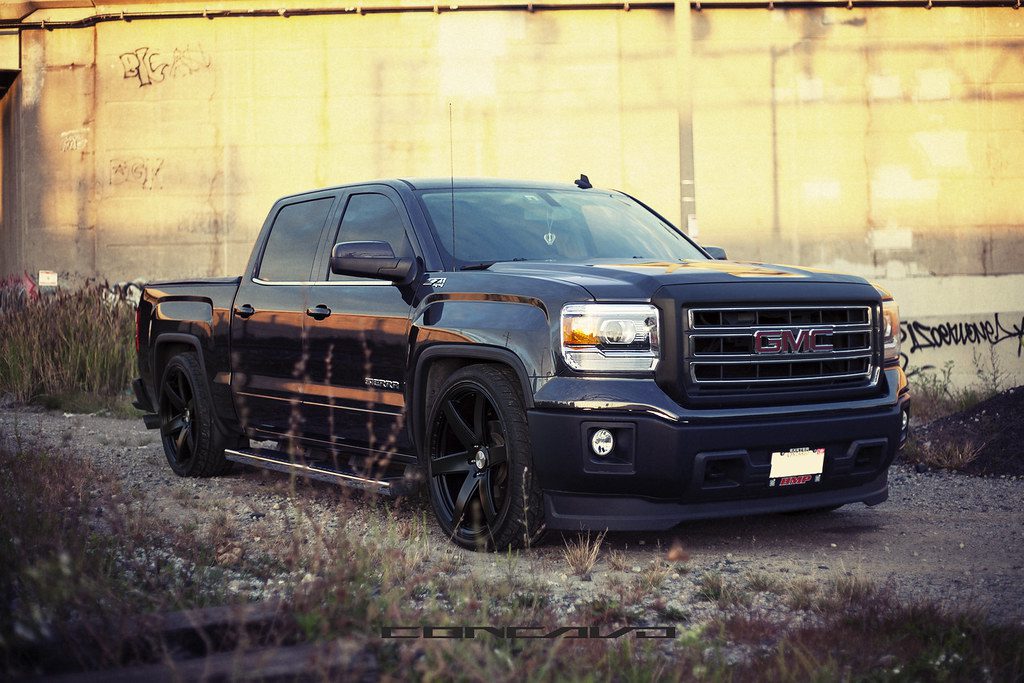
The Chevrolet Silverado and GMC Sierra are corporate cousins sharing so much DNA they could swap kidneys. Both trucks roll on identical platforms with the same engine lineup – from the 2.7L turbo 4-cylinder that drinks like it’s on a diet to the brawny 6.2L V8 that guzzles fuel as if the 1970s never ended. The 3.0L Duramax diesel option gives both trucks enough torque to pull a small moon into orbit while delivering fuel economy that won’t require a second mortgage.
Where these trucks diverge is in their Sunday clothes. The Sierra struts around with fancy LED headlights, chrome that blinds satellites, and a six-function tailgate so clever it practically deserves its own engineering degree. Step up to the Denali trim and you’re basically in a leather-wrapped luxury condo with wood trim harvested from enchanted forests.
Meanwhile, the Silverado keeps things workman-like, focusing on the business of being a truck rather than impressing the country club valet. It’s the same actor in two different costumes – one playing a construction worker, the other a corporate executive.
11. Chrysler’s Minivan Evolution: The Family Hauler Multiverse

Chrysler invented the modern minivan back when shoulder pads were fashion statements, then proceeded to clone it faster than characters in a sci-fi movie. The Dodge Caravan, Chrysler Town & Country, Pacifica, and Voyager all sprang from the same family tree, targeting everyone from budget-conscious soccer parents to luxury-seeking executives who happened to have produced multiple offspring.
Under their skin, these family haulers shared mechanical hearts – the 3.6L Pentastar V6 pumping out 283 horsepower through a six-speed automatic transmission. This engine has the enthusiasm of a labrador puppy despite having to move what amounts to a small apartment building.
The Town & Country added leather seats softer than a therapy session and audio systems that made concert halls jealous, while all versions featured the brilliant Stow ‘n Go seating system – the closest thing to automotive origami ever invented. Later, the Pacifica arrived with a nine-speed gearbox and hybrid option that let suburban parents silently stalk their neighborhoods like automotive ninjas.
10. Ford and Mazda’s SUV Collaboration: The Corporate Roommates

When Ford and Mazda shacked up to create the Escape and Tribute in 2001, they were basically roommates who shared everything but toothbrushes. These SUVs were mechanical twins built on the same platform, powered by identical engines ranging from a modest 2.0L four-pot to a more muscular 3.0L V6 pushing 200 horses – about what you’d need to outrun the fashion police for driving an early 2000s compact SUV.
Built side by side in the same Kansas City factory, these SUVs were so similar they probably confused their own designers. The only real difference? The Mazda handled corners with slightly more enthusiasm, while the Ford floated over bumps with the comfort of your favorite recliner.
Their relationship status eventually changed to “it’s complicated” when Mazda moved on with the sleeker CX-7 and later the CX-5, while Ford gave the Escape extensive plastic surgery in 2013. Like high school sweethearts going separate ways at graduation, this automotive pair eventually grew apart despite their shared beginnings.
9. Luxury Badge Engineering: When Nissan and Mercedes Had a Baby

In the automotive equivalent of putting caviar on a hamburger, Mercedes-Benz tried slapping its prestigious three-pointed star onto Nissan’s workhorse pickup truck. The resulting X-Class was essentially a Nissan Navara/Frontier wearing a designer suit, sharing chassis, suspension, and drivetrain parts like kids swapping lunch items.
Power came from either Nissan’s 2.3L twin-turbo diesel with 187 horsepower or Mercedes’ own 3.0L V6 diesel – the latter being the only genuine piece of German engineering in the mix.
Mercedes tried to fancy-up the package with a wider body, LED headlights brighter than a Hollywood premiere, and an interior wrapped in materials actually worth touching. But truck buyers aren’t easily fooled – they spotted the Nissan bones faster than teenagers identify a substitute teacher.
The market responded with all the enthusiasm of a cat being bathed, and Mercedes pulled the plug in 2020 after just three years.
8. Volkswagen Group’s Platform Strategy: The Touareg and Cayenne Connection

The Volkswagen Touareg and Porsche Cayenne are the automotive equivalent of fraternal twins raised in different neighborhoods – one sent to military school, the other to a Swiss finishing academy.
Born from the same VW Group womb, these SUVs share core architecture but diverged faster than plot lines in a soap opera. Porsche engineers tuned the Cayenne to corner like it’s auditioning for a role in “Fast and Furious,” while Volkswagen made the Touareg as comfortable and capable off-road as a mountain goat in memory foam booties.
Beneath their distinctly styled sheet metal, these Germanic siblings share a smorgasbord of engines – everything from sensible V6s to thunderous V8s and even a ludicrous 5.0L V10 TDI diesel with enough torque to alter Earth’s rotation.
The Touareg packed serious off-road hardware with locking differentials and adjustable air suspension that could rise higher than a teenager’s eyebrows when given car keys for the first time. Meanwhile, the Cayenne got sharper steering and sportier suspension calibration that sacrificed some comfort in the name of handling prowess. Same recipe, two very different flavors – and both commanding prices that make accountants weep.
7. Honda’s SUV Entry Through Badge Engineering: The Passport Identity Crisis

The 1990s Honda Passport was automotive catfishing before catfishing was a thing. Honda, desperate to join the booming SUV gold rush but lacking a proper entry, simply slapped its badges on an Isuzu Rodeo faster than you can say “corporate shortcut.” This automotive costume change fooled approximately no one, as both vehicles shared everything from frames to engines – ranging from a wheezy 2.6L four-cylinder to a more respectable 3.2L V6 putting out 205 horsepower.
Built at Isuzu’s Indiana factory, the Passport received cosmetic changes so minimal they wouldn’t even qualify as a Hollywood celebrity’s “minor work.” Honda basically redesigned the grille, changed the badges, and called it a day – the automotive equivalent of wearing a fake mustache as a disguise.
The Passport experiment lasted until 2002 when Honda finally developed the Pilot – an SUV actually designed by Honda engineers rather than borrowed from a corporate partner’s closet. It’s like borrowing your roommate’s clothes for a job interview before finally buying your own suit.
6. Performance Siblings: The RSQ8 and Urus – When Germans and Italians Share Custody
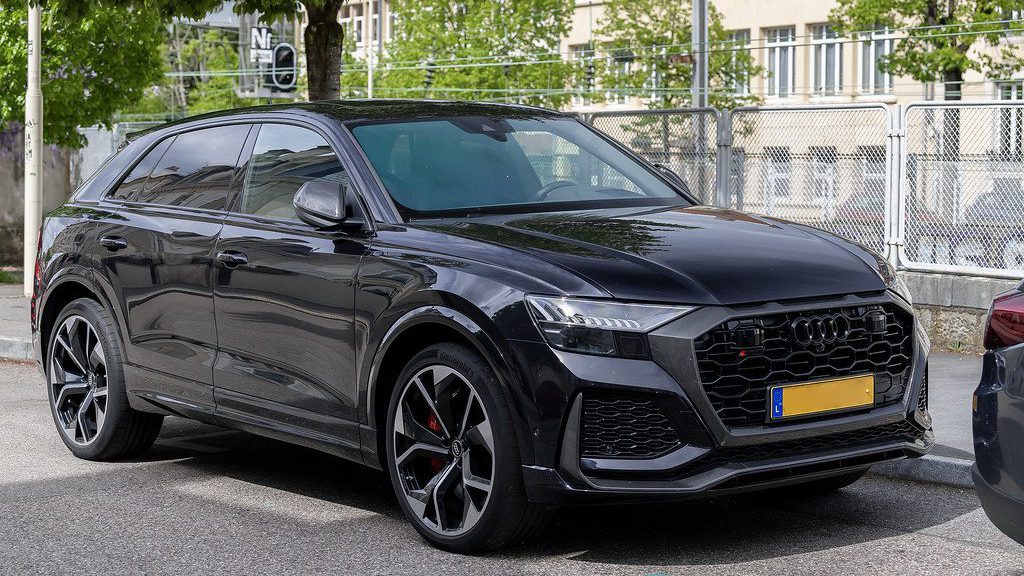
The Audi RSQ8 and Lamborghini Urus are what happens when German engineering has a passionate weekend with Italian design – then shares joint custody of the resulting offspring. These super-SUVs are fundamentally the same vehicle underneath their dramatically different exteriors, both riding on Volkswagen Group’s MLB Evo platform and packing twin-turbocharged 4.0L V8 engines that make ordinary SUVs look like they’re moving in slow motion.
The RSQ8 churns out 591 horsepower while the Urus, with typical Italian dramatic flair, bumps that to 641 – just enough extra to win arguments at stoplight drag races.
Both these mechanical siblings can teleport to 60 mph in about 3.5 seconds – physics-defying performance for vehicles weighing more than a small battleship. The RSQ8 even held the Nürburgring lap record for SUVs, proving that German engineers don’t believe in the laws of physics. Where they diverge is in personality – the Urus wears bodywork that looks like it’s ready to fight you in a nightclub parking lot, with knife-edge styling and steering sharp enough to slice prosciutto.
The RSQ8, meanwhile, keeps things understated and comfortable, like a hitman in a bespoke suit. Same mechanical recipe, two very different flavors – one screaming for attention, the other quietly confident in its capabilities.
5. General Motors’ Sporty Convertibles: The Roadsters That Time Forgot

The Saturn Sky and Pontiac Solstice were GM’s attempt to prove they could build sports cars that didn’t require evacuation of small towns when they crashed. These badge-engineered roadsters shared GM’s Kappa platform and actually managed to be genuinely fun – shocking everyone who remembered GM’s previous sports car attempts.
The base models came with a 177-horsepower engine that provided adequate pep, but the turbocharged GXP and Red Line versions packed 260 horses – enough to make Miata owners develop a sudden interest in their shoes when parked next to you.
These mechanical twins came with manual transmissions that made driving them feel like you were actually doing something other than just pointing and clicking, as with modern cars. Tragically, these funky little roadsters got Thanos-snapped out of existence when GM’s bankruptcy vaporized both Saturn and Pontiac brands during the economic recession.
4. International Badge Engineering: The Chevrolet SS and Holden Commodore VF Conspiracy

The Chevrolet SS and Holden Commodore VF exposed GM’s secret international romance – an Australian-American love child shipped across oceans faster than you can say “G’day, mate.” These mechanical twins packed the legendary LS3 engine – a 6.2L V8 monster producing over 400 horsepower that could wake the dead in neighboring counties.
Yet somehow these rocket-powered family sedans managed fuel economy that wouldn’t immediately bankrupt you, achieving the automotive equivalent of having both cake and slightly smaller cake.
These mechanical doppelgängers blended comfort and performance like a perfect smoothie, offering a manual transmission option when most sedans were abandoning stick shifts faster than teens abandoning Facebook. Today, their values are skyrocketing like Bitcoin in 2017 as enthusiasts finally recognize what they missed – practical four-door performance cars that didn’t require a trust fund to purchase.
These undercover muscle cars represent the last gasp of sensible speed before crossovers took over the world like an invasive species, leaving us nostalgic for a time when family cars could do burnouts worthy of a Hollywood action sequence.
3. Platform Siblings: The Porsche Boxster and Cayman Myth

The Porsche Boxster and Cayman relationship exposes the biggest automotive conspiracy since the electric car documentary – the myth that convertibles can’t keep up with coupes. These mid-engine siblings share more parts than identical twins share DNA, differing primarily in whether your hair gets messed up during spirited driving.
The hardtop Cayman visually flexes harder, looking particularly swole in GT4 and GT4 RS spec, while the Boxster lets the sun shine on your increasingly receding hairline.
Porsche reserves its most extreme performance variants for the Cayman, like parents picking a favorite child. Yet when equally equipped, these cars perform so similarly that any perceived differences require equipment more sensitive than a teenager’s feelings. Both deliver the razor-sharp handling that makes Porsche engineers smirk knowingly at one another across boardroom tables.
2. American-Japanese Partnership: The Toyota Corolla and Geo/Chevrolet Prizm Switcheroo

The Geo/Chevrolet Prizm stands as the most blatant automotive identity theft since Nicolas Cage stole 50 cars in “Gone in 60 Seconds.” This shameless rebadge was literally a Toyota Corolla with different logos slapped on, built at the same NUMMI factory in California where workers probably got confused about which badges to install before coffee break.
These mechanical clones shared everything – engines, transmissions, even the position of cup holders that were inevitably too small for American-sized drinks.
This corporate cosplay gave budget-conscious shoppers access to Toyota’s bulletproof reliability without the Toyota tax. You could essentially buy Japanese engineering through a GM dealer – the automotive equivalent of getting name-brand cereal in a generic box.
While consumers scored deals, GM got reliable compact cars without actually learning how to build them, and Toyota quietly infiltrated more American driveways than they could through their own dealers. It was the perfect automotive Trojan horse – a Japanese car in American clothes that confused patriotic car buyers everywhere.
1. Mainstream to Luxury: The Ford Fusion and Lincoln MKZ Identity Crisis

The Ford Fusion and Lincoln MKZ demonstrate what happens when your middle-class cousin marries into old money. These platform-sharing sedans are essentially the same car underneath, but one shops at regular department stores while the other insists on boutiques.
Both sedans share bones, engines, and basic architecture – but Lincoln desperately tried to convince buyers that their version justified a significant price premium with fancy LED headlights and leather soft enough to make cows voluntarily donate their hides.
Lincoln’s strategy relied on buyers not looking too closely at the similarities – the automotive equivalent of selling Walmart cookies in Tiffany packaging. The MKZ received fancier styling cues and upscale marketing that positioned it alongside European luxury brands, while the Fusion remained the sensible choice for people who calculate their cost-per-mile.
Both offered extensive personalization options so buyers could trick themselves into thinking they’d created something unique – similar to how everyone thinks their avocado toast recipe is special. This approach keeps expanding as automakers realize sharing parts across brands is cheaper than actually developing unique cars.


